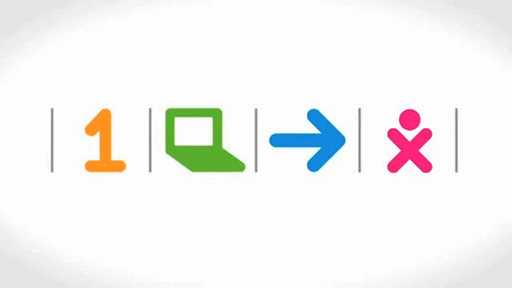4.2.3 One Laptop per Child

Transcript: Laptops
We hope we have started to bust the myth that technology is only of value for children in industrialised, developed countries. If developing countries successfully blend access to high-quality teaching with access to technology, this may have global consequences.
Even in developing countries, there has been a focus on integrating technology into the educational lives of children. One Laptop per Child has become a benchmark project for the visionary use of technology in developing countries.
The mission was to create educational opportunities for the world’s poorest children by providing each child with a rugged, low-cost, low-power, connected laptop with content and software designed for collaborative, joyful, self-empowered learning, as the video illustrates.
This project was first trialled in Cambodia, where the charity distributed $100 laptops to every child. Given its relative success, the project has been rolled out further, and currently over 2 million children and teachers in 42 developing countries are learning with specially designed XO laptops.
However, the project hasn’t been without difficulties and criticisms. Kenneth Kraemer and colleagues (2009) have questioned the sustainability of this project and looked at the ‘vision’ versus the ‘reality’. Simply providing a new laptop to every child is only part of the complex puzzle.
Children need training in using the laptop and teachers also require considerable professional development to successfully embed such new devices in their classrooms. Technical support is often unavailable when things go wrong and schools lack the necessary resources or funding to make repairs. It may also be simplistic, if not naive, to assume that the same technology will work equally well in a different context or culture.
However, there are signs of promise with other technologies too, particularly with tablet devices and digital apps, and these are what you will think about next.
